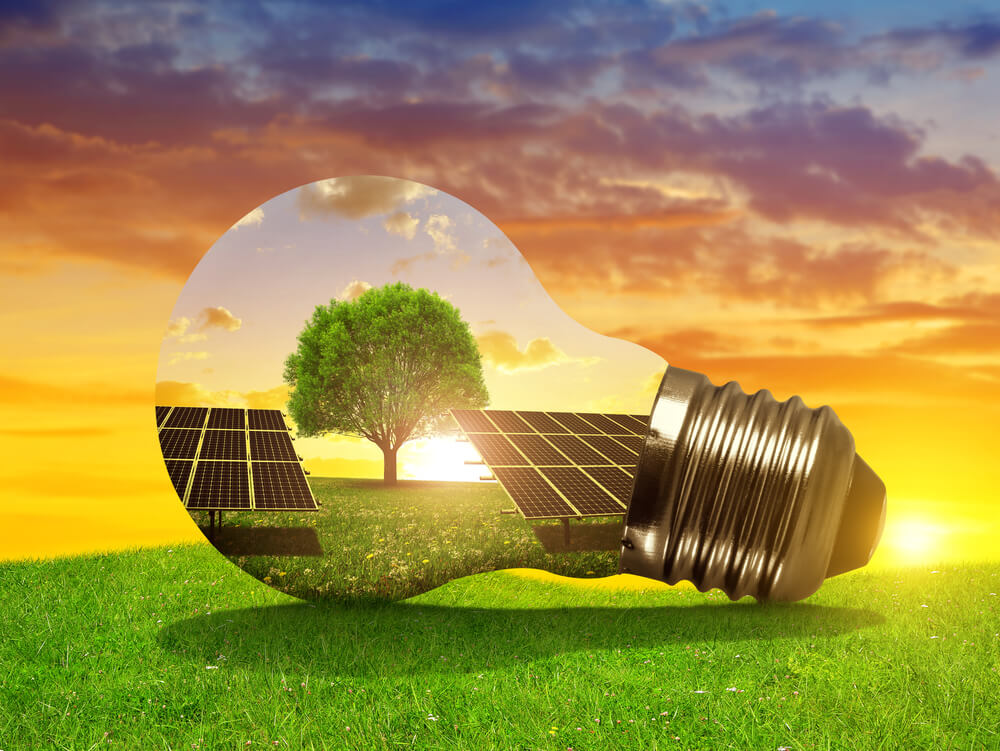Find the information such as human life, natural resource,agriculture,forestry, biotechnology, biodiversity, wood and non-wood materials.
Blog List
Thursday, 5 October 2017
Subscribe to:
Comments (Atom)
Advantages and Disadvantages of Fasting for Runners
Author BY ANDREA CESPEDES Food is fuel, especially for serious runners who need a lot of energy. It may seem counterintuiti...

-
Assalamualaikum dan salam sejahtera chu olls. Alhamdulillah sudah seminggu saya melalui pengalaman bermakna ini. Sebagai seorang pel...
-
Industri berasaskan kayu di Malaysia terdiri daripada Kayu bergergaji; Venir dan produk panel yang termasuk papan lapis dan produk ...
-
Author BY ANDREA CESPEDES Food is fuel, especially for serious runners who need a lot of energy. It may seem counterintuiti...
-
Seni ukiran kayu di kalangan masyarakat Melayu bukan sahaja terdapat pada rumah-rumah tetapi penjelmaan dan penerapannya terdapat pada is...
-
International Journal of Ecology Volume 2017 (2017), Article ID 3985631, 10 pages https://doi.org/10.1155/2017/3985631 Author Evgeny ...
-
LATARBELAKANG POLITEKNIK KOTA KINABALU Politeknik Kota Kinabalu merupakan politeknik yang ketujuh ditubuhkan oleh Kementerian Pendidikan...
-
Author MELAYU Riau kaya dengan khazanah budayanya. Antaranya yang amat menonjol adalah motif ornamen Melayunya, yang banyak dipakai untuk ...
-
Polisi dan Strategi Untuk memastikan HSK diurus secara berkekalan, "Dasar dan Strategi Pengurusan Hutan untuk Semenanjung ...
-
Beberapa minggu sudah, penulis pernah mencadangkan beberapa jenama maskara terbaik yang mudah didapati pada harga berpatutan dari farmas...








